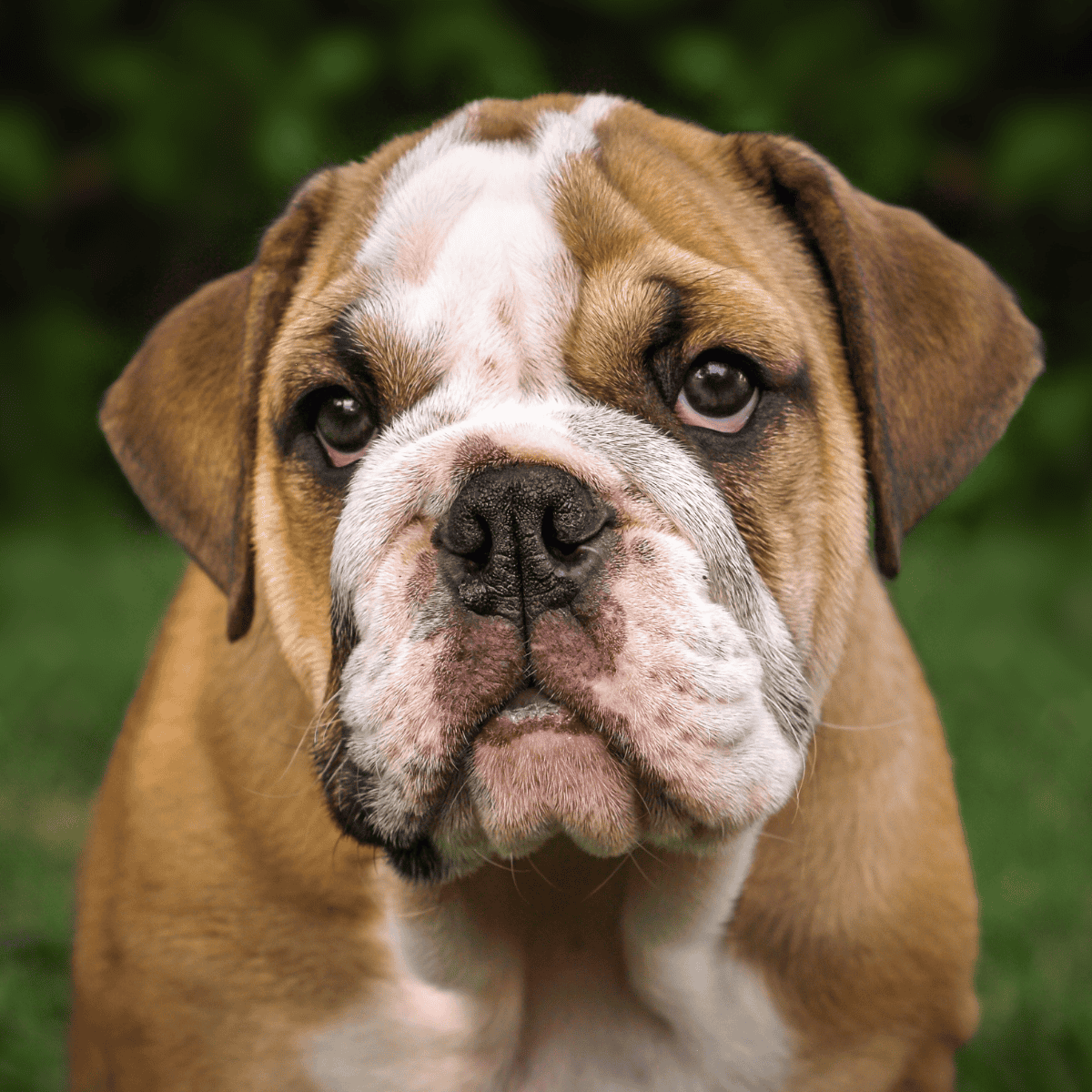
Bulldog
Shortcuts
Bulldogs are easily recognizable with their muscular build and distinctive “sour mug” face. Their unique features include a furrowed brow, pushed-in nose, and small ears. Weighing up to 50 pounds, these loyal companions enjoy attempting to curl up in your lap despite their size. Their short, smooth, and glossy coats are available in various colors and patterns.
Regular moderate exercise and a balanced diet are essential for maintaining their health. Although bulldogs are easygoing and enjoy brisk walks, their short snouts make them vulnerable to breathing difficulties in hot, humid weather. Adaptable to town and country life, their friendliness, dignity, and loyalty make them excellent companions, capable of warming hearts with their antics.
Breed Overview

Height
14 – 15 inches
Weight
40 – 50 pounds
Lifespan
8 – 10 years
Colors
White, red, fawn, brindle, chocolate, black, tri-color, blue
Suitable for
Families who enjoy going for an occasional walk also enjoy lounging.
Temperament
Friendly, calm, confident, courageous, trainable


Height
14 – 15 inches
Weight
40 – 50 pounds
Lifespan
8 – 10 years
Colors
White, red, fawn, brindle, chocolate, black, tri-color, blue
Suitable for
Families who enjoy going for an occasional walk also enjoy lounging.
Temperament
Friendly, calm, confident, courageous, trainable

The Bulldog is a popular breed known for its distinctive wrinkled face, stocky build, and easygoing nature. Originating from England, these dogs were initially bred for bull-baiting. While Bulldogs have some health concerns, like respiratory issues, their loving nature and unique appearance make them beloved pets.
Characteristics
Energy

Health

Sociability

Trainability

Lifespan


Enjoying this read?
We publish this content for free to generate interest in our Premium members' area. By subscribing, you can ask the writer any questions related to pet care and this article, get access to 100+ Premium Pet Care Guides and go Ad-Free with DogFix Premium for $2.99.
Health Conditions
Bulldogs are prone to overheating in warm weather. Provide shade and water, avoid leaving them in cars, and cool them down with water and ice if needed. Regular health check-ups are crucial due to their respiratory issues.
A balanced diet, regular exercise, and weight monitoring are essential for their health. Watch out for dental problems and ensure regular teeth cleaning and dental check-ups.
Minor Conditions
- Hip and Joint Problems
- Dental Disease
- Parasites
Serious Conditions
- Spinal Deformities
- Distichiasis
- Kidney Stones
- Respiratory Disease Syndrome
- Reproductive Difficulties
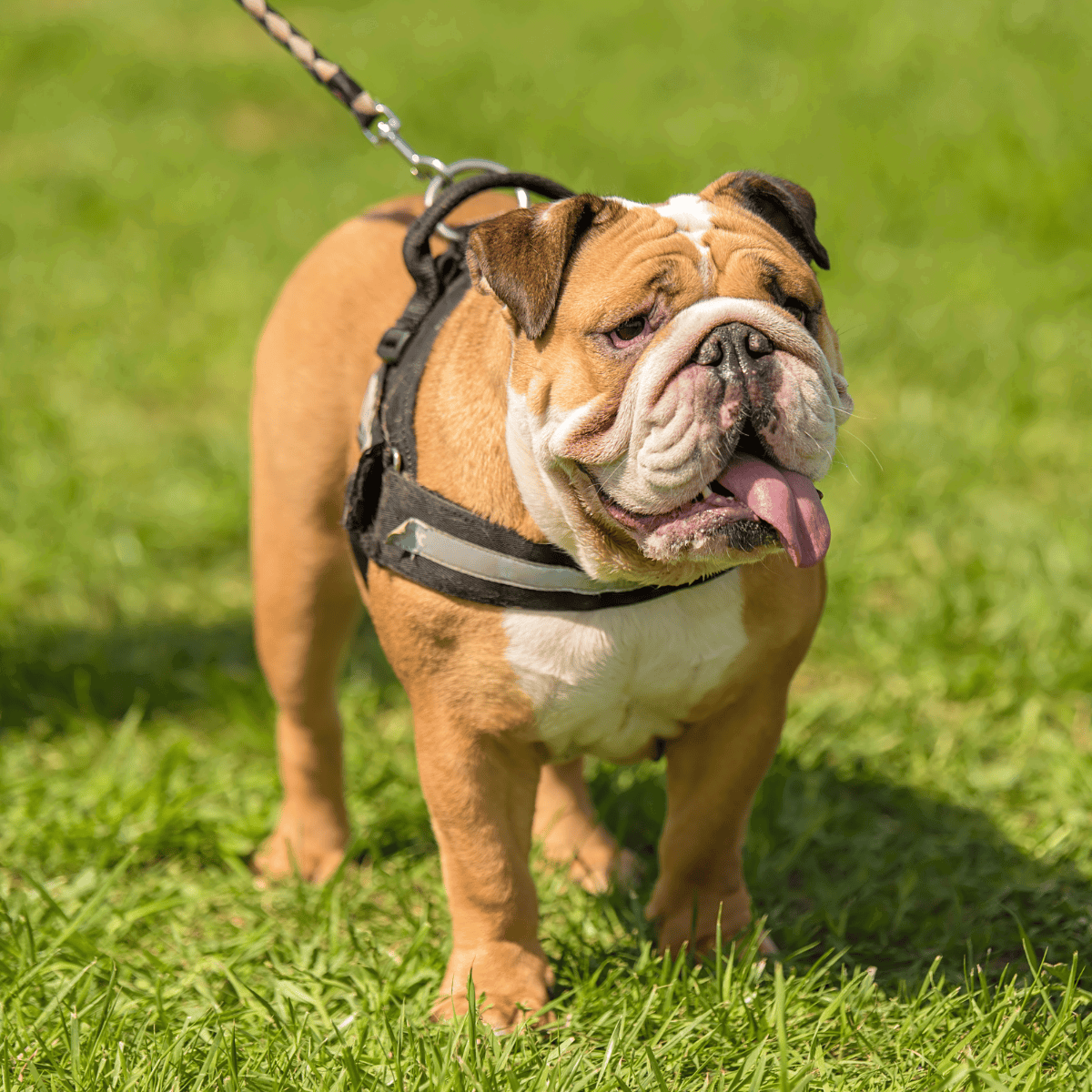
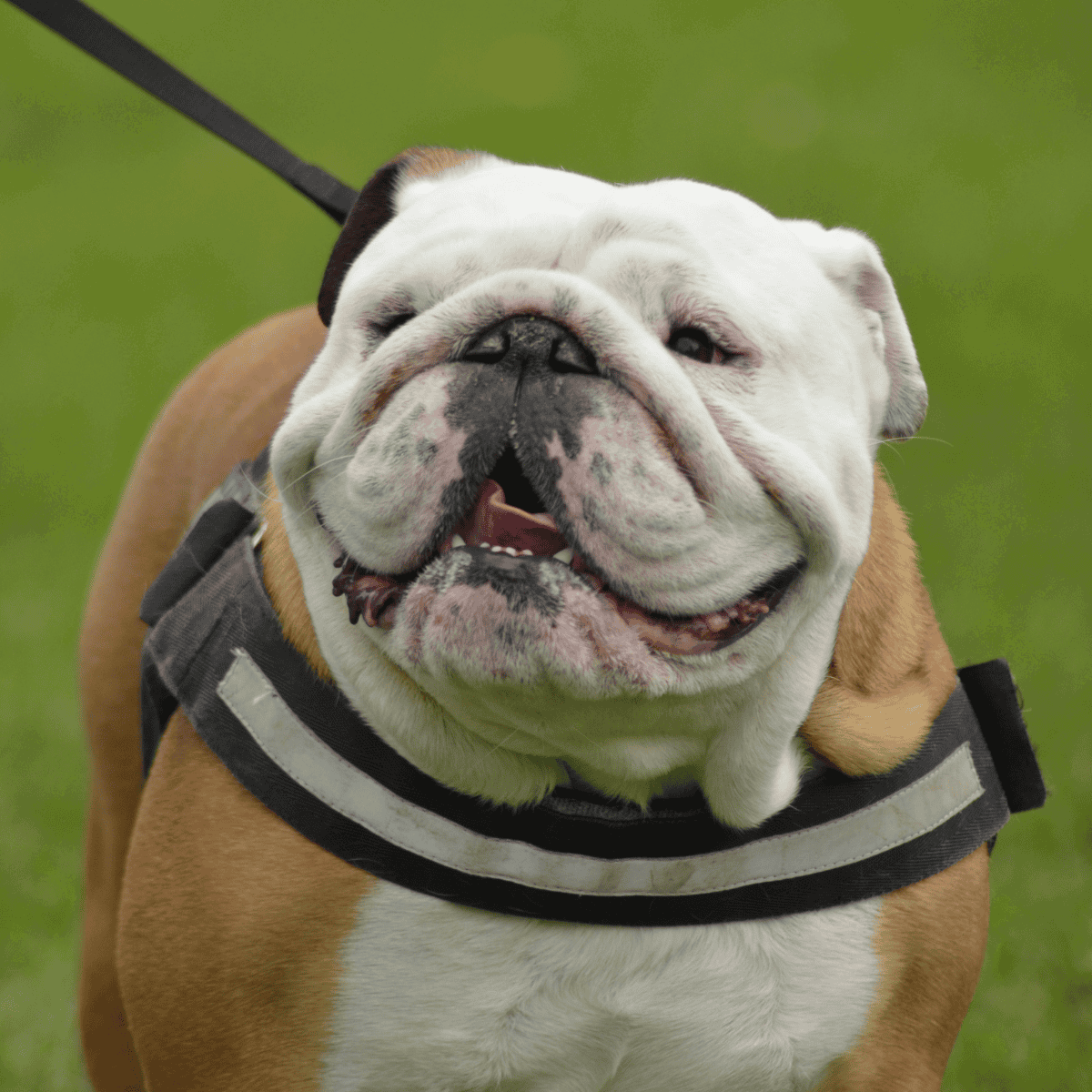
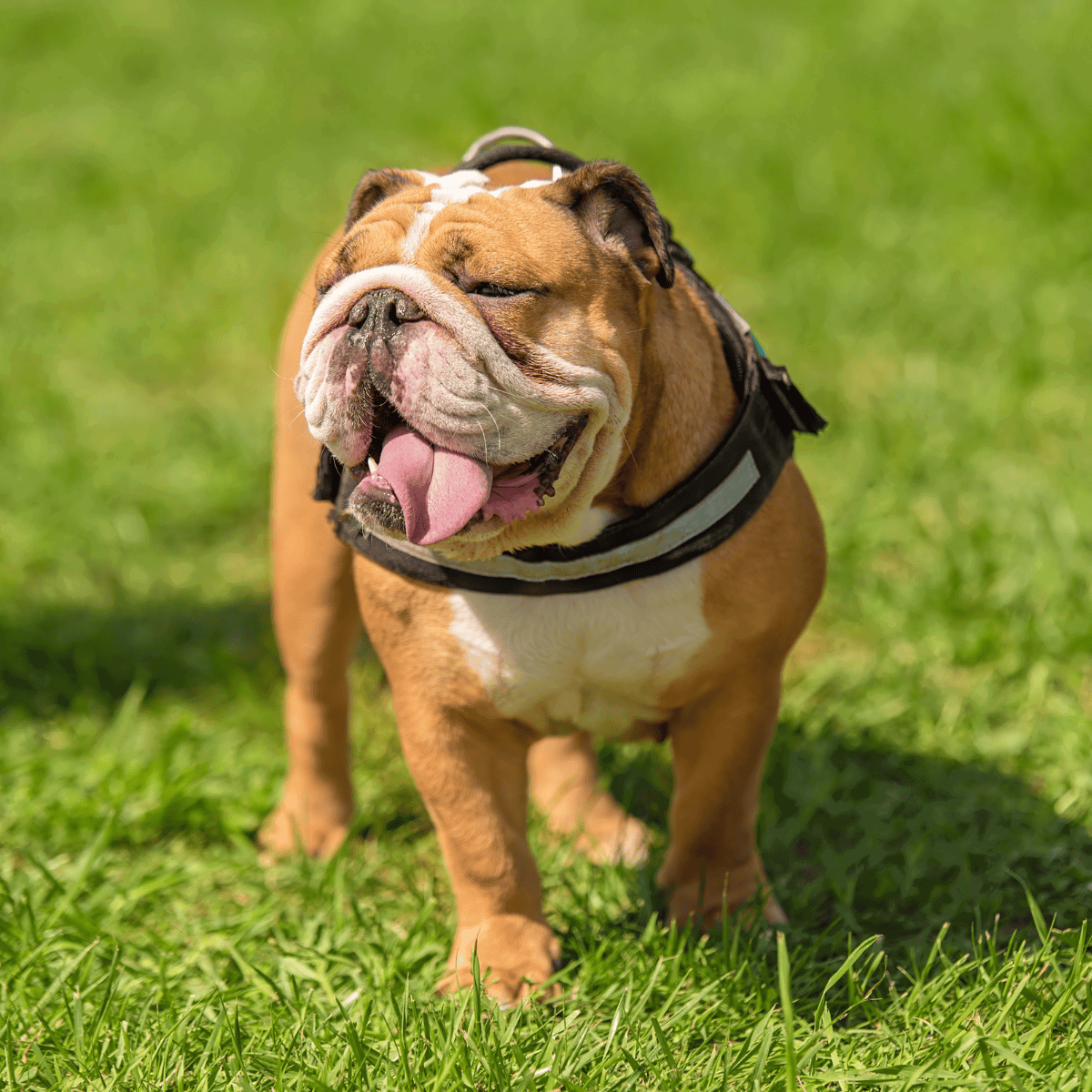
Bulldog Puppies
Bulldog puppies are charming with their lovable personalities and balanced energy and thrive in various household settings. They enjoy active play and relaxed moments, making them perfect family companions. Training requires patience, positive reinforcement, and early socialization to nurture well-behaved adults.
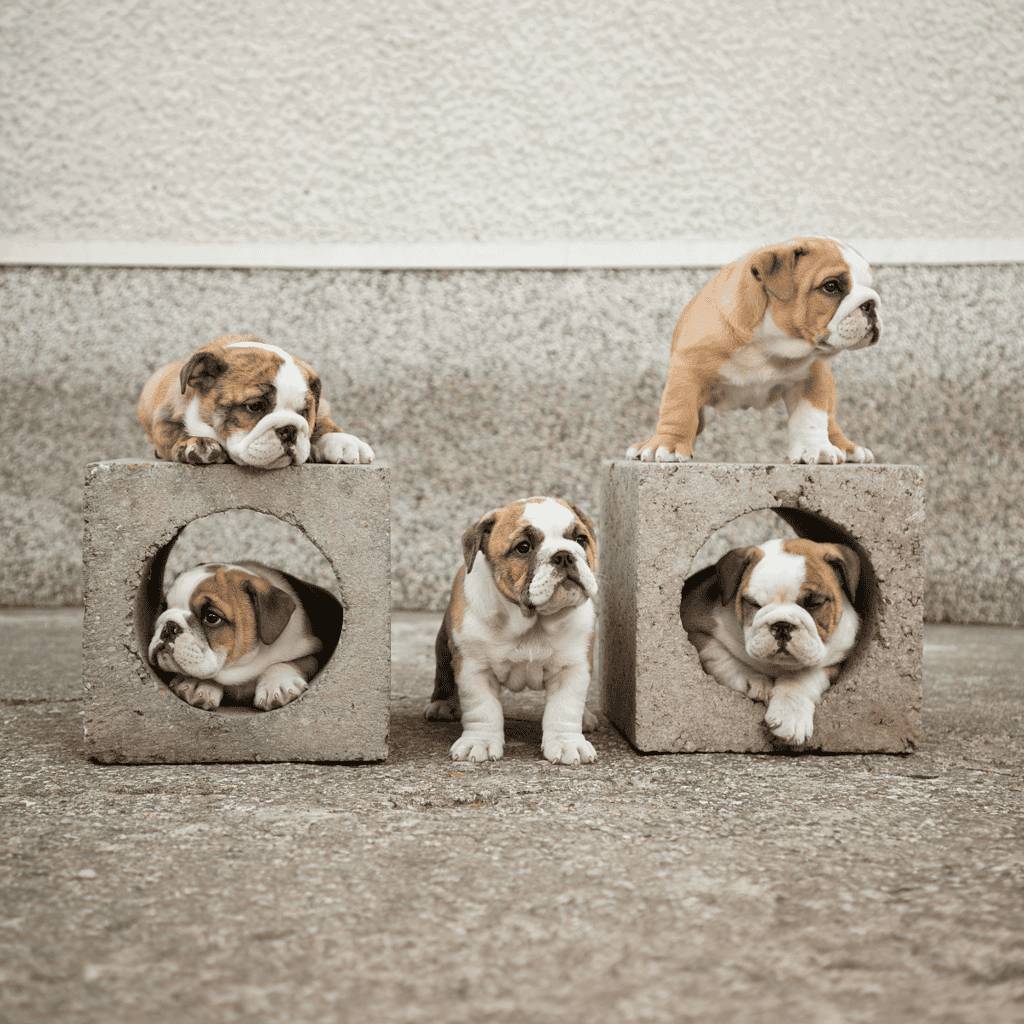
Despite their robust appearance, they’re gentle and affectionate and bond deeply with family members, including children and pets.
Temperament & Intelligence Of The Bulldog
Despite their intimidating appearance, Bulldogs are incredibly gentle and affectionate, particularly towards their families and children. They are protective, facing danger to safeguard their loved ones, and thrive on human interaction.
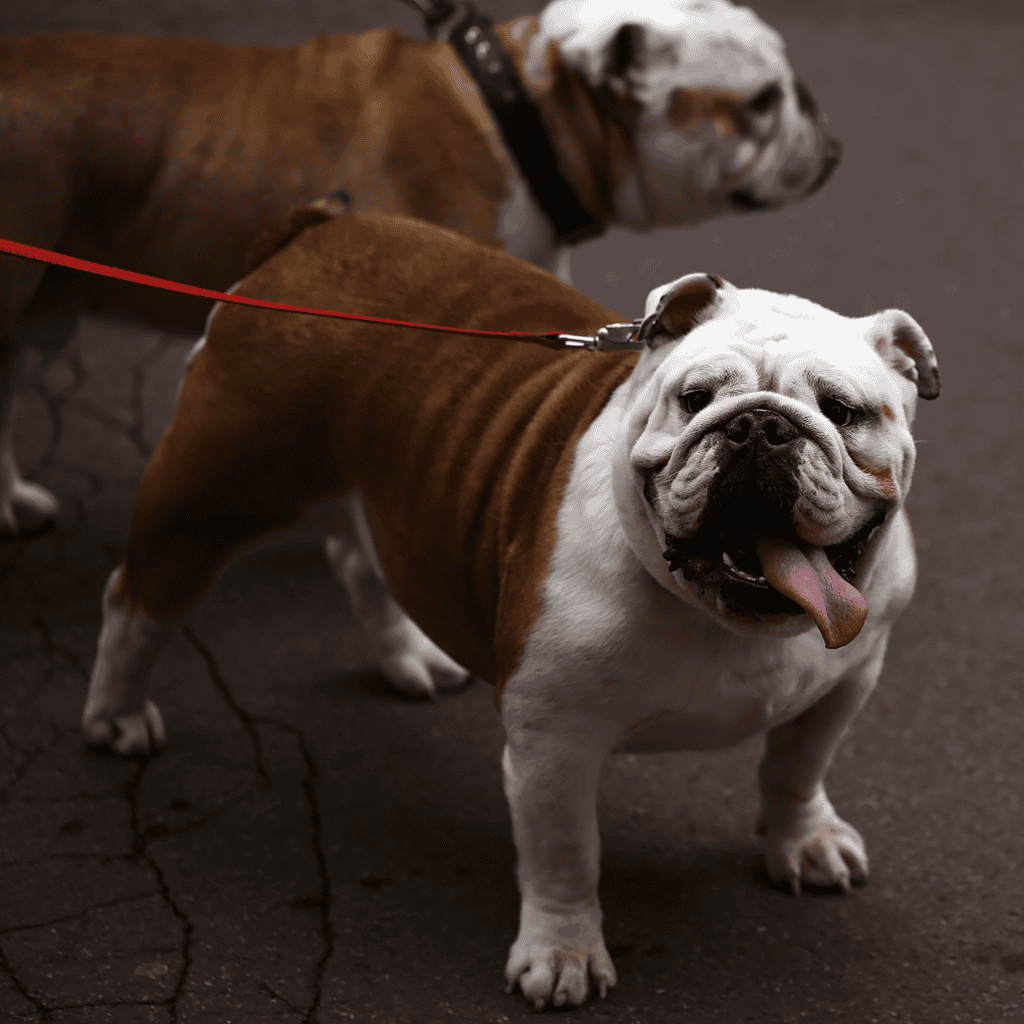
Effective training from a young age prevents dominance in Bulldogs, who respond well to strong leadership. Establishing clear boundaries, consistency in training, and socializing with other dogs are key to nurturing their friendly demeanor towards humans and other animals.
Are These Dogs Good For Families?
Bulldogs are cherished for their loving personalities and gentle temperaments, making them excellent family pets. Their adaptability to different environments, whether bustling or quiet, coupled with a strong bond with family members, ensures they fit well into any home. Their calm and patient nature is perfect for families, but teaching children respectful interaction with these dogs is crucial.
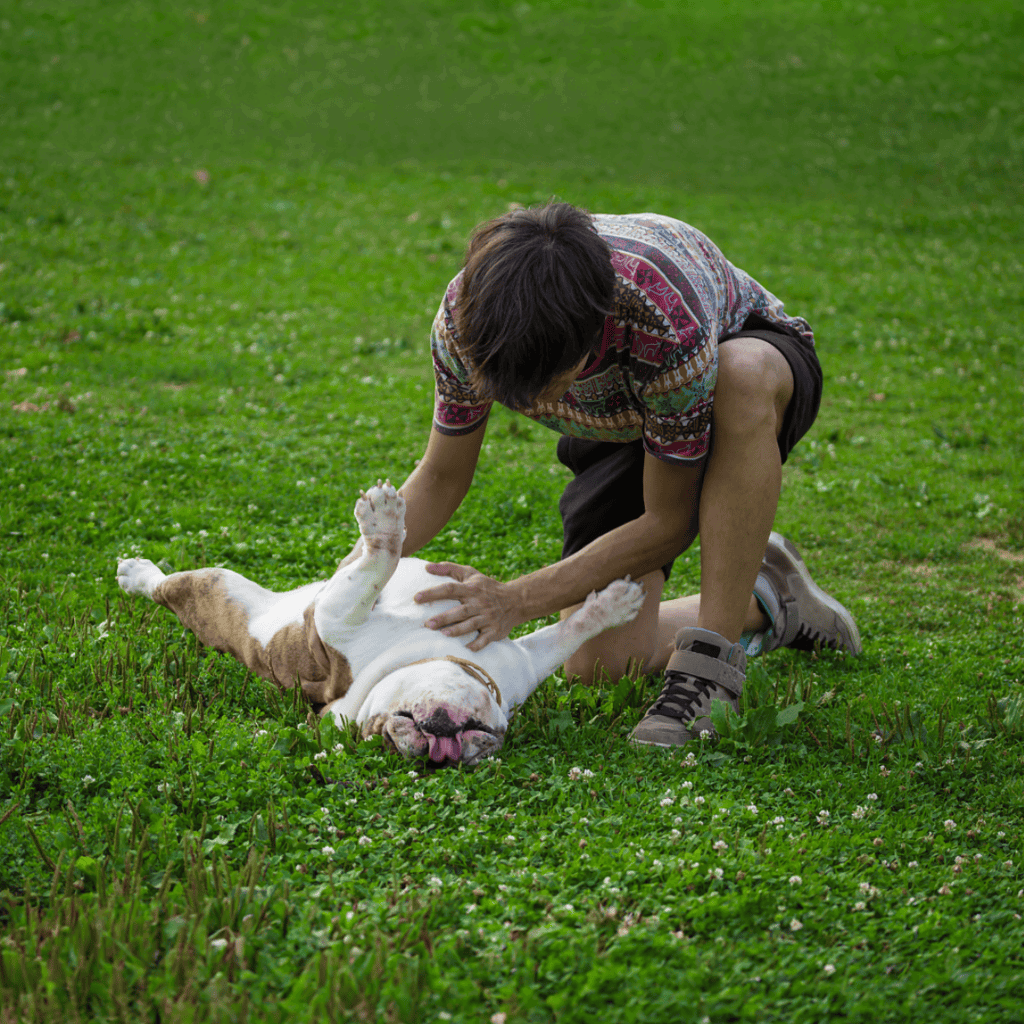
Prospective Bulldog owners should focus on creating a safe environment, regular gentle exercise, and consistent grooming. Bulldogs enjoy companionship and get along well with other pets, enhancing their appeal as family-friendly animals.
Does This Breed Get Along With Other Pets?
Bulldogs are known for their friendly nature. When introduced early, they often get along well with cats and other dog breeds. However, their strong chase instinct requires caution around smaller pets like rabbits and birds. Proper supervision is key to managing these interactions safely.
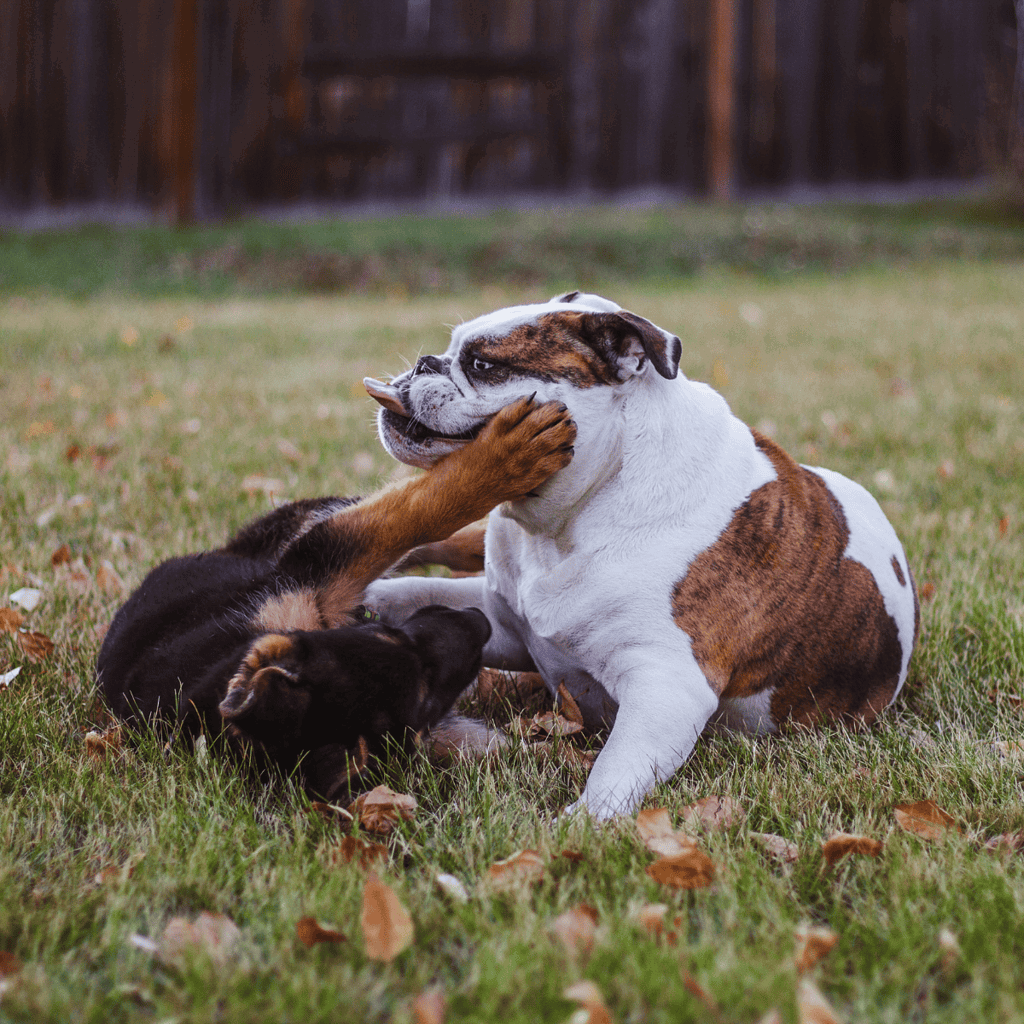
While Bulldogs typically enjoy the company of other pets, they might display dominance towards dogs of the same sex. Ensuring peaceful coexistence requires proper introductions and continued supervision. With the right guidance, Bulldogs can be wonderful companions to various pets.
Food & Diet Requirements
Bulldogs need high-quality food suitable for their life stage: puppy, adult, or senior. Monitoring calorie intake is vital to prevent weight gain. Treats should be limited, and always consult a vet for dietary advice.
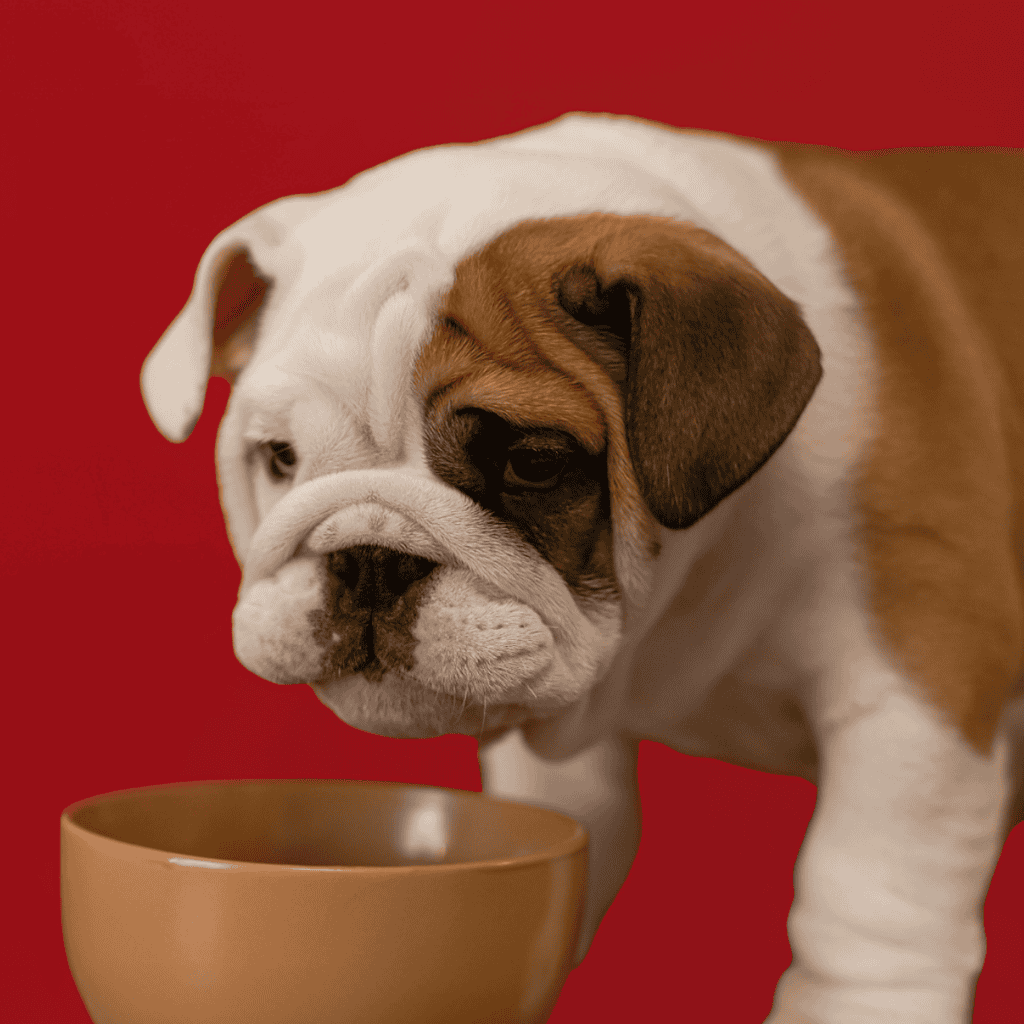
Ensure Bulldogs consume age-appropriate food and control their calories to avoid obesity. Use treats judiciously, consult your vet regarding their diet and weight, and provide constant access to fresh water for hydration.
Exercise
Bulldogs require regular exercise to stay healthy and maintain a moderate weight. A short walk or a gentle playtime in the yard is typically sufficient for their needs. Keeping them cool on warm days is essential because their short muzzles can make them vulnerable to breathing problems in hot and humid weather.
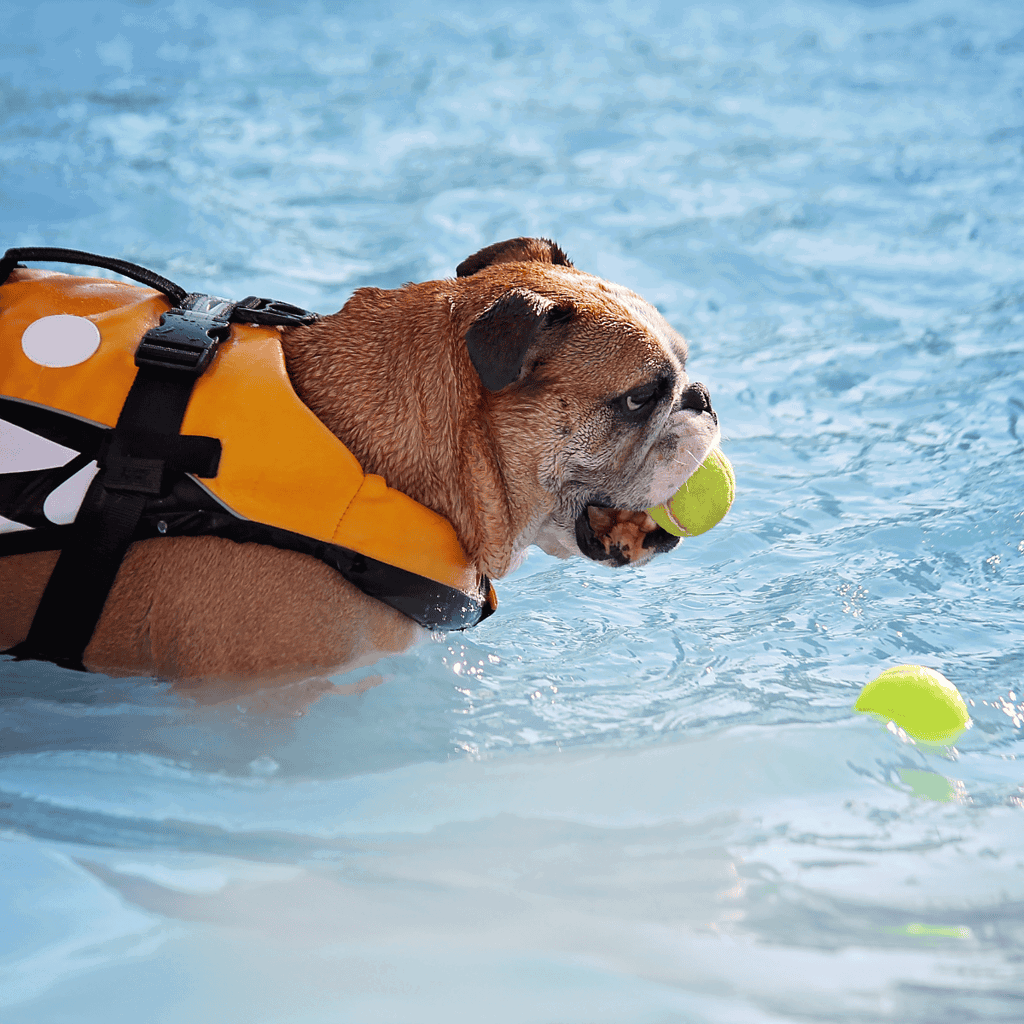
Bulldogs should be supervised around stairs and pools due to safety concerns. While they enjoy shallow water, they should be closely watched if it is deeper than their elbows. Engaging in light and regular activities is beneficial for Bulldogs to keep them fit and happy. Prioritizing their safety and comfort is essential for their overall well-being.
Training
Early socialization is essential for Bulldogs, guiding them to grow into well-behaved adults. Opting for puppy training classes can mitigate unwanted behaviors and foster friendly exchanges with humans and other dogs. Bulldogs thrive on positive reinforcement, with consistency and patience paramount in their training journey.
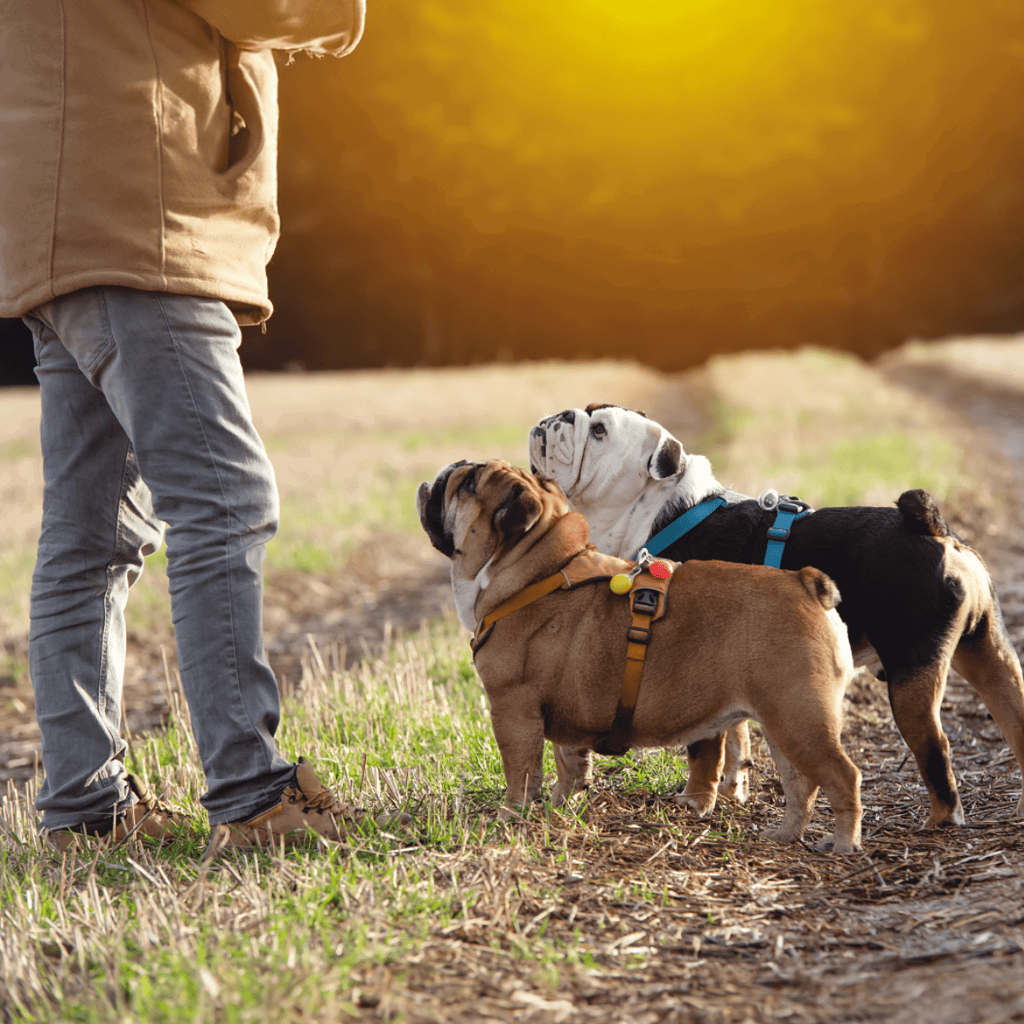
Bulldogs have a penchant for chewing, so offering a variety of chew toys can divert them from destructive behaviors. They also enjoy tug-of-war games; teaching them to release objects on command can be highly beneficial.
Grooming
To keep your Bulldog looking its best, brush its coat with a soft brush for 10 minutes two to three times a week. If it is shedding heavily, use a rubber curry brush first. Regularly check its facial wrinkles to ensure the skin stays clean and dry, as trapped moisture or food can lead to irritation or infection.
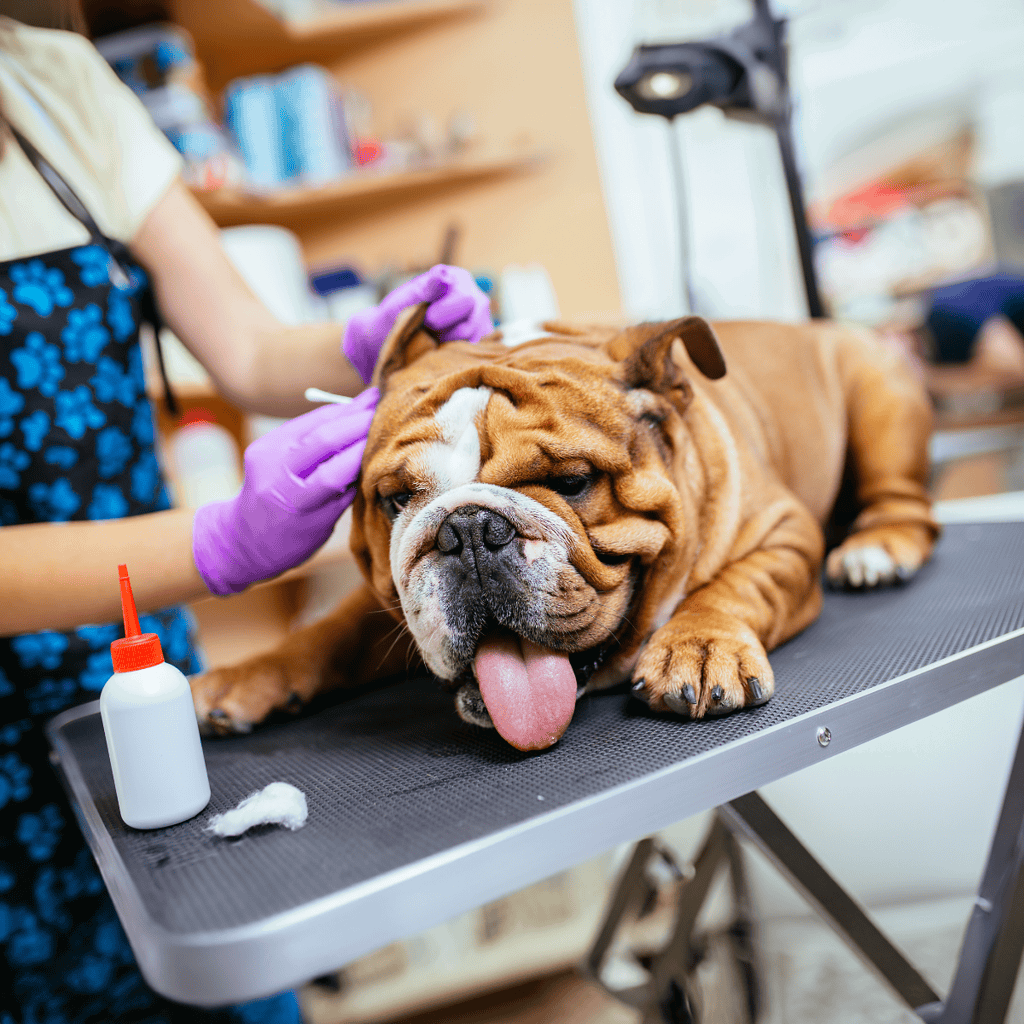
Clean these wrinkles with a cotton ball dipped in peroxide, followed up with cornstarch to aid drying, but avoid the eyes. It’s also important to clean your dog’s ears and the area under its tail regularly. Trim your dog’s nails every two weeks to maintain their hygiene.
Male Vs. Female
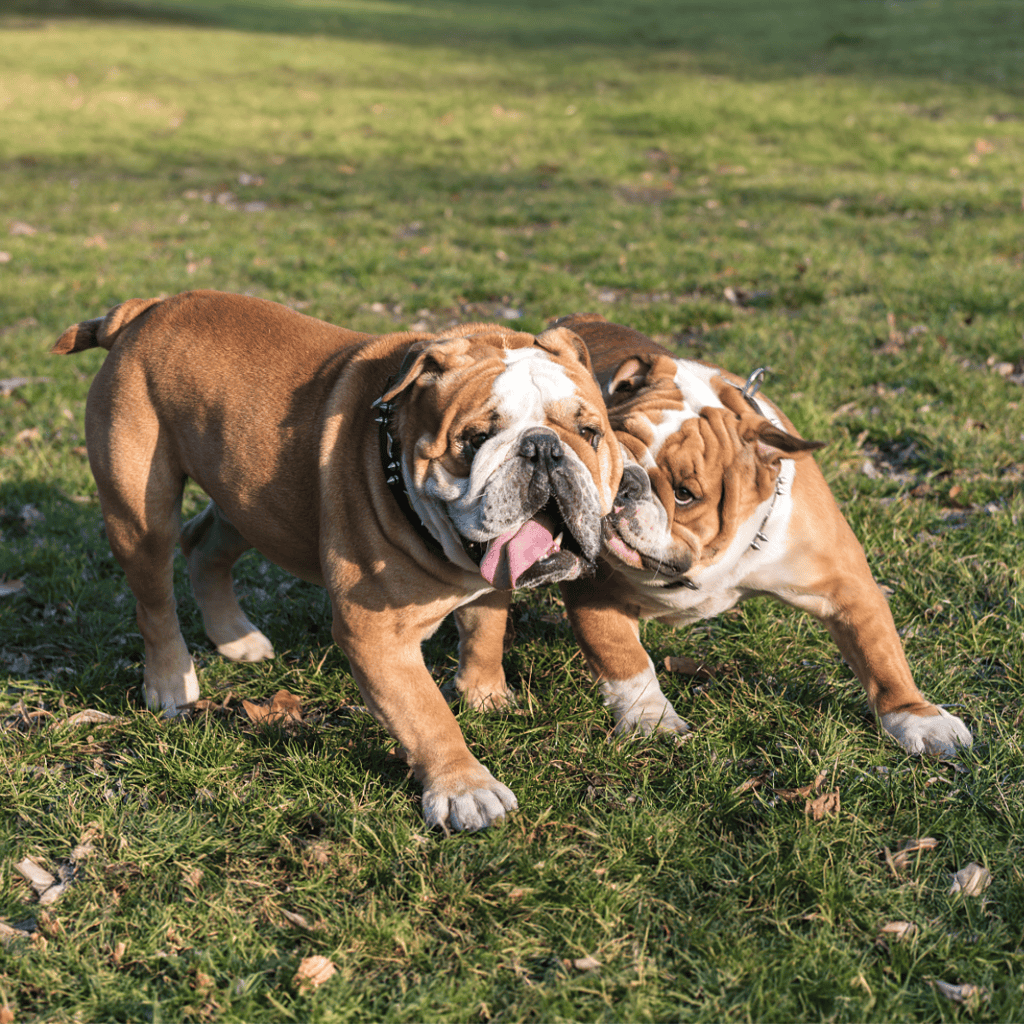
When choosing between a male and female Bulldog, consider that females are friendlier and more adaptable, while males may be harder to train but serve well as protectors. The decision depends on personal preferences and needs.
Fact #1: They Get Their Name From the Sport of Bull-baiting
The Bulldog received its name from an old English sport called bull-baiting. In this cruel activity, a bull was tethered to a stake, and dogs were encouraged to bite the bull’s nose. Bulldogs were well-suited for this sport due to their strength and fearless nature. Their strong, large heads and loose skin were important for enduring attacks and continuing to fight.
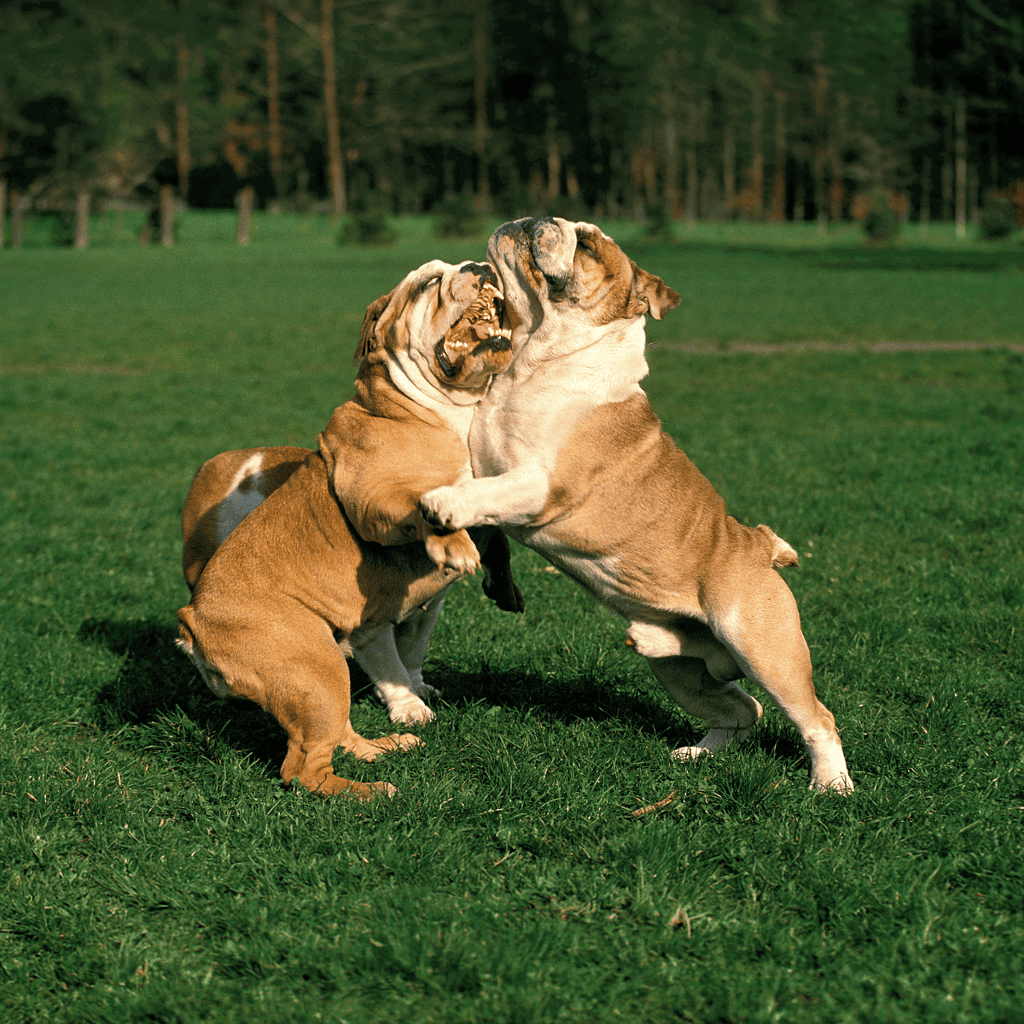
Breeders intentionally chose these characteristics to improve the Bulldog’s performance in bull-baiting. The sport required dogs that could endure significant pain and hold onto the bull. The history of bull-baiting sheds light on the physical attributes and temperament of modern Bulldogs.
Fact #2: They Were Known As “The Churchill Dog”
The English Bulldog was nicknamed “The Churchill Dog” in Britain during World War II. The breed’s resilience, courage, and determined nature symbolized the British people’s spirit during this difficult time. Even though Winston Churchill preferred Poodles and did not own Bulldogs, the image of the Bulldog, with its strong build and tenacious demeanor, perfectly complemented Churchill’s public persona.
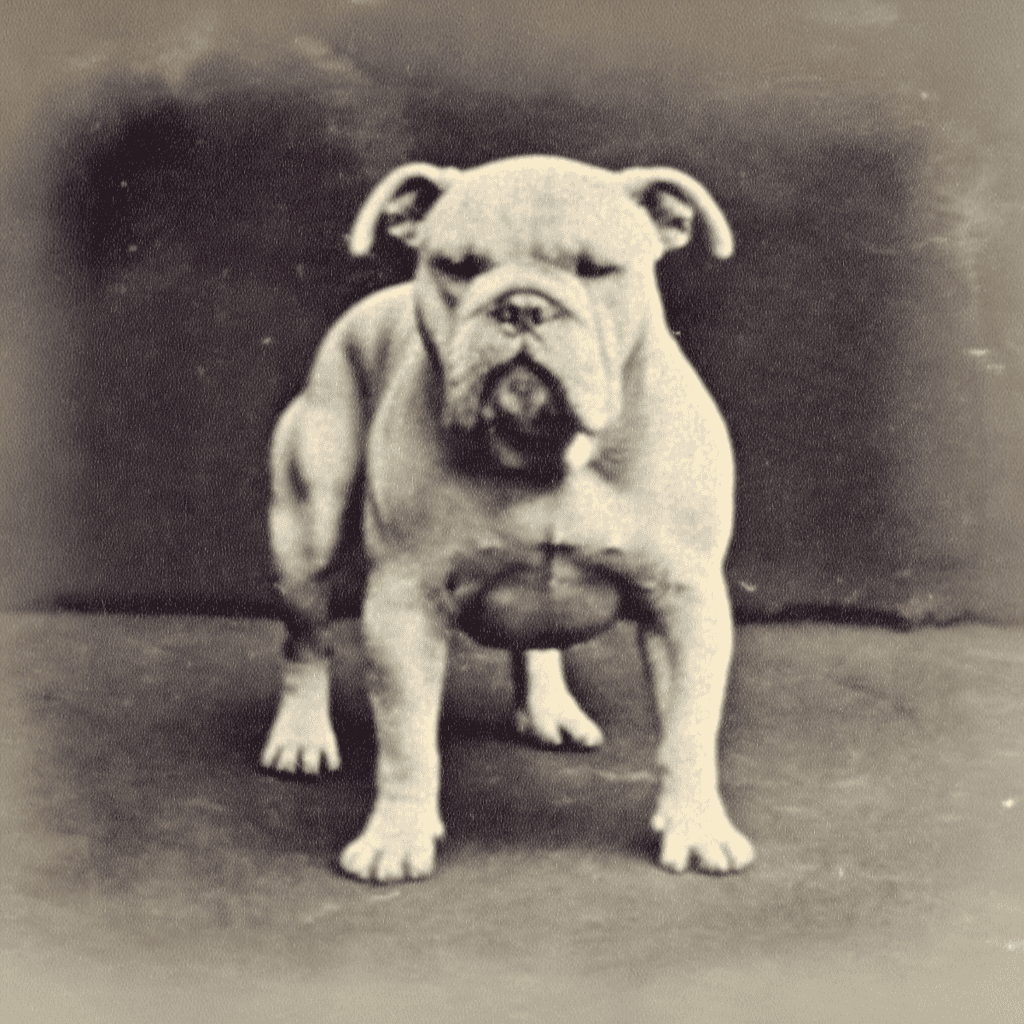
Both the breed and the Prime Minister were seen as symbols of strength and endurance, and this symbolic relationship helped to boost national morale during the war. As a result, the association between Churchill and the Bulldog became deeply ingrained in British culture and history, serving as a testament to the breed’s unique attributes and the nation’s steadfast character.
Fact #3: The Bulldog Is the Most Popular Dog Mascot
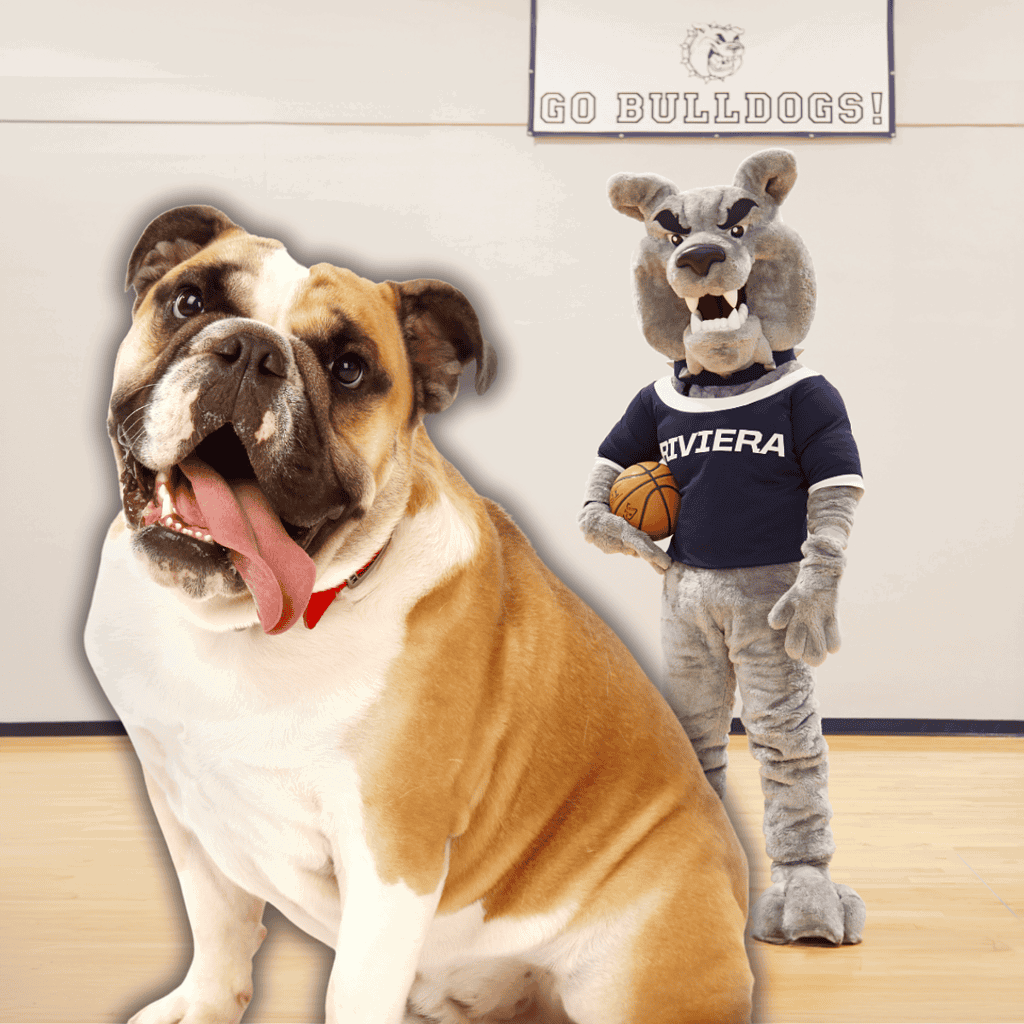
Many sports teams choose Bulldogs as their mascots because they symbolize toughness and courage, making them ideal representations for competitive environments. In the United States, 49 universities, including Georgetown and Yale, proudly have bulldogs as their mascots. Bulldogs’ sturdy build and tenacious spirit align well with the attributes teams want to embody.
Frequently Asked Questions
What is the average weight range for a Bulldog?
Bulldogs typically weigh between 40 and 50 pounds. Males generally weigh around 50 pounds, while females usually fall in the 40-pound range.
What personality traits are typically seen in Bulldogs?
Bulldogs are known for their gentle and friendly demeanor. They are loyal and courageous, often displaying a calm but stubborn nature.
How long do Bulldogs generally live?
Bulldogs live about 8-10 years. Genetics, diet, and overall healthcare can influence their life expectancy.
What are the standard size dimensions of a Bulldog?
Adult Bulldogs usually stand around 14-15 inches at the shoulder. Their compact and muscular build contributes to their sturdy appearance.
What variety of colors do Bulldogs come in?
Bulldogs come in various colors, including brindle, white, fawn, and piebald. These colors can appear in different patterns and combinations.
How often do Bulldogs require grooming?
Bulldogs need grooming about once a week. Their short coat makes them easier to manage, but you should regularly clean their skin folds to prevent infections.

Didn’t find what you need? Use the search!
Search our database of over hundreds of posts with up-to-date information from our experts and veterinarians.

